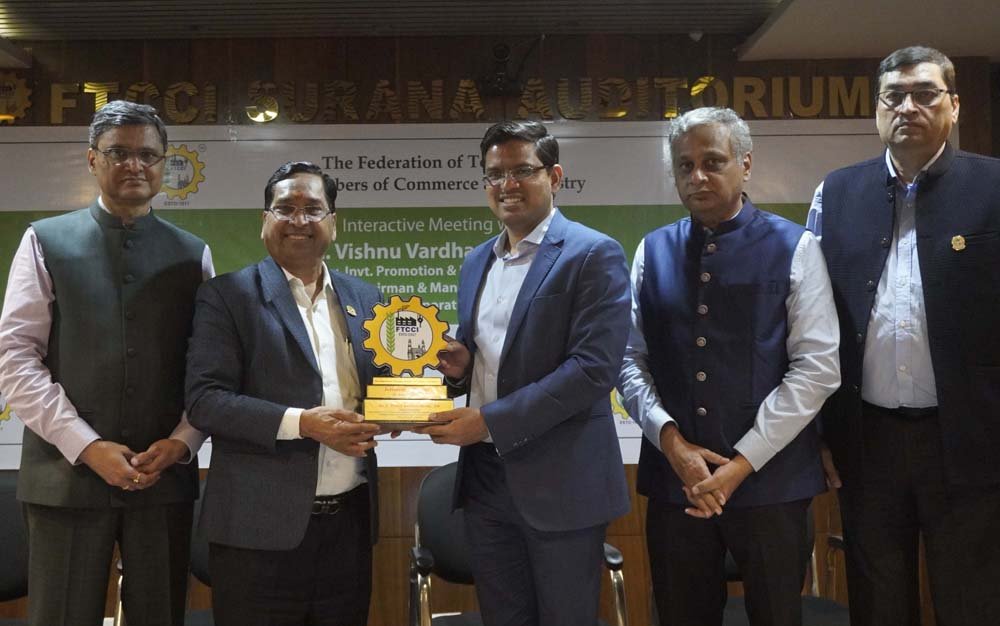In a significant move aimed at deepening its trade engagement with North America, India’s Ministry of Commerce and Industry has begun expanding its NAFTA-focused wing. The decision comes at a time when India is actively pursuing a quick resolution to ongoing tariff disputes with the United States, signaling a recalibrated strategy to strengthen bilateral and regional trade relationships.
According to senior officials, the expansion is part of a broader initiative to enhance India’s presence in North American trade corridors. While the original NAFTA agreement has now evolved into the USMCA (United States-Mexico-Canada Agreement), the ministry continues to use the NAFTA terminology internally, reflecting legacy structures and frameworks.
The development also comes amid India’s growing concerns over high tariffs imposed by the U.S. on several Indian goods, particularly in sectors like steel, aluminum, and certain agricultural exports. Though some of these measures were put in place during earlier trade disagreements, recent diplomatic engagements suggest a renewed willingness on both sides to address these issues pragmatically.
“Expanding the NAFTA wing is a strategic step. It signals India’s intent to not just resolve current trade frictions but also build a long-term framework for cooperation with key economies in the region,” a senior government official said, speaking on condition of anonymity.
The ministry’s expansion plan reportedly includes deploying additional trade analysts, legal experts, and policy advisors who will focus on crafting negotiation strategies, tracking trade data, and ensuring better coordination with Indian embassies and consulates in North America.
This initiative is also expected to benefit Indian exporters, who have long sought more streamlined access to U.S. and Canadian markets. Business associations have welcomed the move, calling it a timely decision that could lead to faster dispute resolution and greater predictability in trade relations.
India’s push for a tariff truce with the U.S. gained momentum after the two countries agreed to terminate six WTO disputes in 2023 and restore some trade benefits under the Generalized System of Preferences (GSP) framework. However, several tariff-related concerns remain unresolved.
With general elections nearing in both the U.S. and India, officials are under pressure to show progress in international trade relations. The expansion of the NAFTA wing may be a signal to domestic and international stakeholders that India is serious about resolving trade issues and securing more favorable terms in future agreements.
As geopolitical dynamics shift and global supply chains realign, India’s proactive approach could place it in a stronger position to negotiate from a place of strength.



